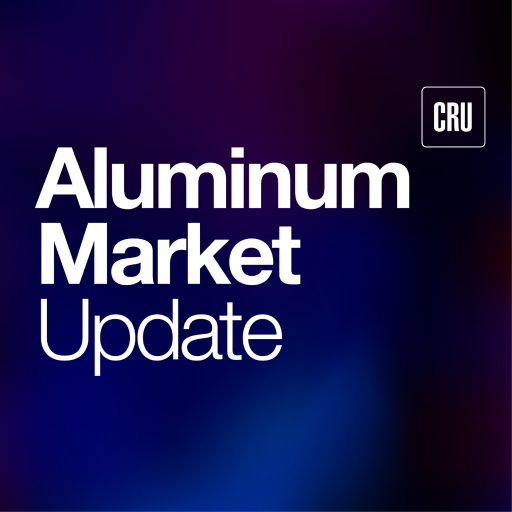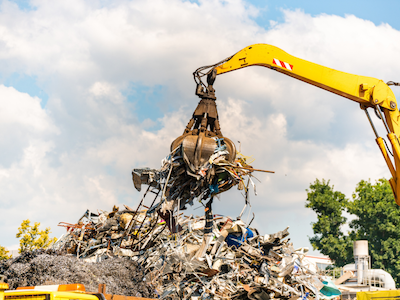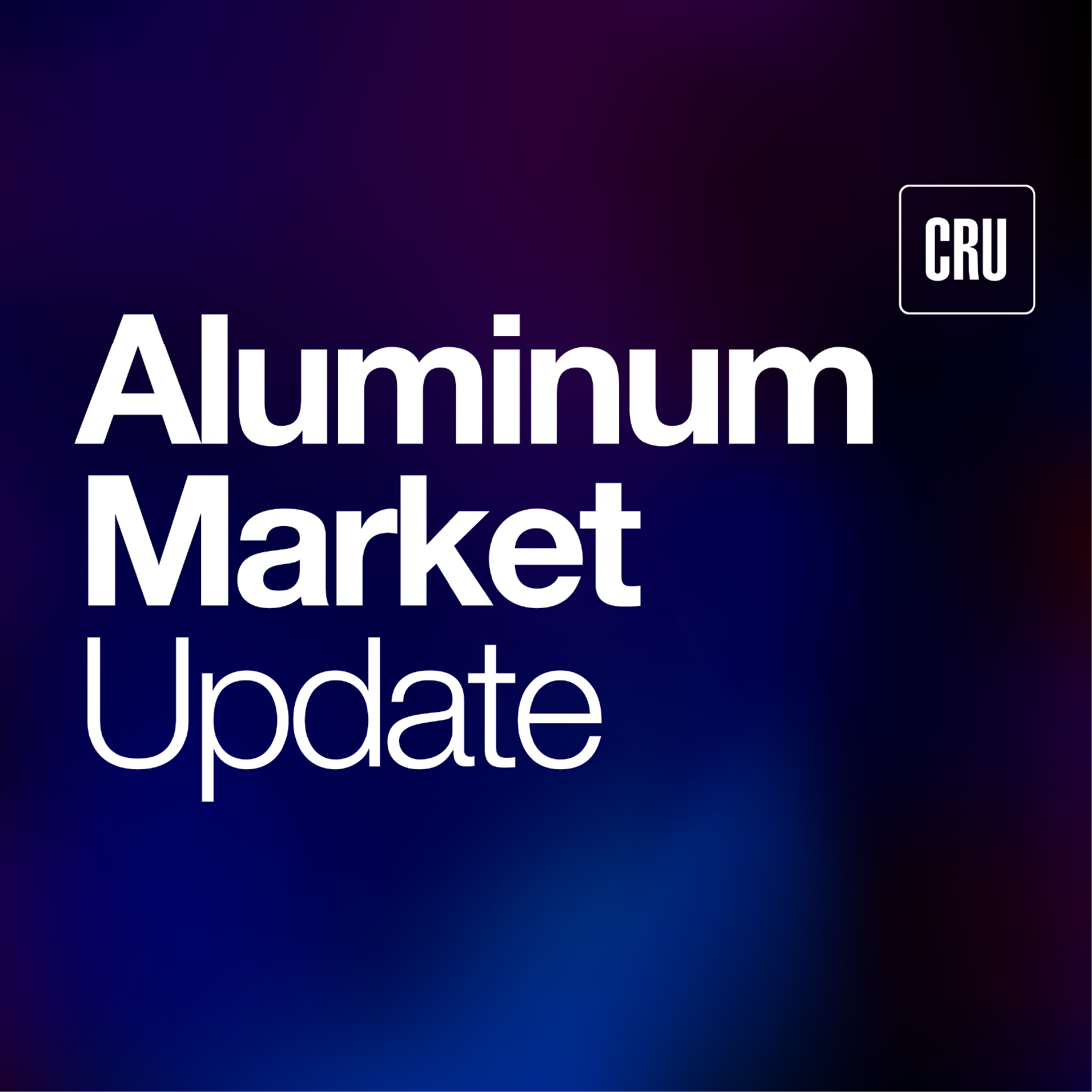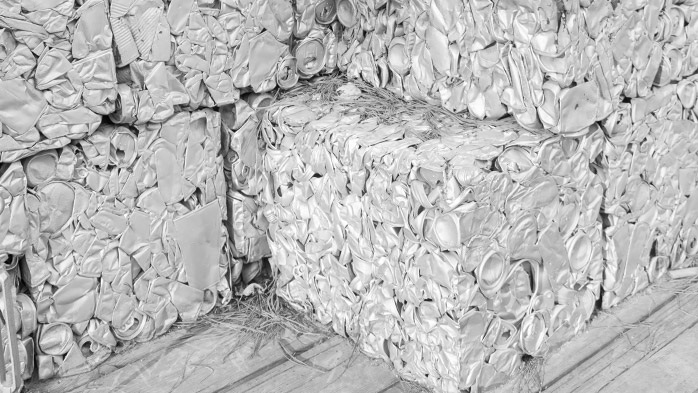Aluminum Scrap Markets

September 12, 2025
The opportunity in recycled metals
Written by Greg Wittbecker
I am often asking by very smart people from the primary side of the aluminum world how to “play the scrap market.”
These people know scrap is becoming an ever-increasing focal point of managing total aluminum exposure. However, some are intimated by the complexity of scraps… so many different grades, so much variability in quality and a lack of transparency in the market. These obstacles make many hesitate to enter the market.
It has not stopped some of the major primary traders from getting very involved. Glencore and Trafigura (whose roots were actually in scrap) are just of the heavyweights who are buying scrap assets and actively trading some grades.
The message to others is that there are still plenty of opportunities to make money in scrap and now is an opportune time to enter the market.
Scrap is exceptionally well priced
The massive appreciation in Midwest P1020 premiums has caused scrap to primary spreads to open up tremendously. This is not atypical of what has happened in the past whenever either LME or regional premiums have pushed primary prices way up.
Scrap prices DO respond to LME and premiums, just not as fast and this leads to the scrap discounts becoming very wide and very attractive for people to enter the market.
This year is no exception and we see some of the key grades well priced.
Used beverage containers (UBC) are $.94 per pound, or nearly $1.00 per pound discount to P1020. They are 48.9% of Midwest P1020.
UBC are a classic seasonal trade opportunity for “smart money.” UBC tend to be plentiful during the summer months when consumption is high, and people are more apt to recycle them. Come winter, consumption declines and people are loath to take the cans to their redemption centers (in deposit states), drop-off centers (in states with voluntary collection schemes) or simply not separate them between their solid waste or single stream recycling bins (curbside collection schemes).
This year saw substantial volatility in UBC valuations. In January, supplies were tight and bids for UBC approached 84% of Midwest at their peak. Those numbers were frankly irrational, as UBC at 84% do not yield any cost savings vis-vis primary metal. The melt loss in UBC is generally considered to be 12%, meaning they are breakeven at 88% of Midwest BEFORE considering direct costs of shredding, de-lacquering and melting them. Those costs are conservatively $0.05 per pound…. meaning when you get above 80% of Midwest P1020, you are actually paying more than P1020 for the privilege of melting UBC.
Rational thinking returned to the market and bids fell to 70%-74% by February and started to trail off as we got into spring.
The seasonality factor in UBC is not going away and there is a good risk versus reward return in owning UBC at the current 48.9% of Midwest. Some players will simply lay UBC down on the ground near the major mills or seek consignment deals with those mills. Space is always a concern as it is ensuring the quality of the cans if they are sitting out in the elements. For this reason, some will elect to toll convert the UBC into Remelt Scrap Ingot (RSI), which becomes an on-spec alloy (usually 3104 or 3004) that is easier to store and transport.
Clearly you are investing some cost in conversion to RSI, but there is enough seasonal swing in valuation of UBC that it remains a good play.
6063 bare extrusions are $1.59-$1.60 per pound or about $0.33 cents per pound discount to P1020 and $0.43 below billet at today’s billet prices.
As we discussed in prior AMU articles, we expect billet upcharges for 2026 to appreciate as much as $0.10 cents per pound from 2025 levels. Some forecasts see the upside being as much as $0.15 higher off 2025 low end transactions. This means that non-casting extruders generating 6063 press scrap or OEM generating new production fabrication scrap have a valuable potential “currency” to spend to mitigate the cost of 2026 billet for eventual extrusion.
The linchpin here is what kind of scrap conversion fees one can negotiate with the producers of secondary billet. This would be the likes of Ellwood, Hydro, Matalco, Nanshan, or TST.
Scrap conversion fees are directly correlated to the value of secondary billet compared to the value of the scrap used to produce them.
Example:
Item value in cents per pound vs. Midwest P1020
6063 Secondary Billet $0.20
Value of 6063 Bare Extrusion -$0.33
Differential Billet to Scrap $0.53
In theory, a toll conversion fee of $0.53 per pound would be the limit. Reality says that accounting for melt loss, freights and some benefit to the toller… We are probably looking for a toll fee of around $0.40-$0.42. Given the trend in billet, tolling extrusion scrap is another good play.
Bare clip Mixed Low Copper Clips (MLC) are $0.92-$0.93 cents per pound or $1.00 under Midwest
MLC prices have been falling for several years relative to segregated alloys. The reason is that auto stamping plants are still not employing full separation equipment to generate a clean segregated alloy package. Instead, we are getting more and more MLC and that has driven their value down. Bare 1100 and 3003 are worth $1.50-$1.52, while the high magnesium 5052 is $1.70 and 6022 auto clip is $1.57.
MLC therefore are being discounted $0.60-$0.77 versus segregated alloys. They are begging for investment in separation equipment at point of origin OR sortation off site.
Some enterprising scrap companies and traders have invested in such equipment; however, the supply still exceeds the capacity to upgrade the MLC.
This is another opportunity for people to get into scrap.
Why this matters
The media has had a field day talking about how scrap could fulfill our gap in primary metal. The three examples above demonstrate that the market is failing to execute on this opportunity.
In the case of UBC, it is simply a matter of trading the seasonality and harvesting the supply when it is readily available. Physical traders thrive on volatility, and this is a classic time/place utility opportunity that should be exploited.
The extrusion example is a matter of generators realizing the relative value of their scrap versus billet and acquiring toll capacity that a price that creates a net margin. If generators don’t capitalize on this, traders should.
In the MLC example, the reluctance of the automotive sector to invest in their scrap as an asset and not a liability is a strategic failure. A lot of money is being left on the table because of this. Their unwillingness to invest creates an opportunity for physical trade to fill that void and make some very good money in the process.







